1850
In this year, sewing machines were first marketed, and while not in every home, by the 1860s they are mentioned in the diaries of many women of the period. They made the production of a families clothing, MUCH easier, and this, coupled with the ability to purchase ready made cloth, allowed the American woman more time, from what had been a pretty utilitarian need for clothing a family, and to allow her to create with an eye toward beauty....so, the creation of so many, many block patterns, began to appear, and while they were not yet in printed form, spread from one woman to
another, and one state to another....four block quilts became predominant. These were often appliqued quilts, with the same pattern repeated 4 times, each one taking up about 1/4 of the quilt top...there were then, often, smaller designs....sways, or a design 'taken' from the larger blocks....used as a border. There is often a similarity in design, from state to state, and it sure would be wonderful to trace one, from place to place - quilter to quilter. These 4 block appliques continued well into the 1870s, depending on where the quilter lived...if in an urban setting she was more likely to move on to a 'new' style, while the rural quilter, was more apt to continue with the older styles.
1870
The perennial favorite, the Log Cabin block came about in around 1870, and was done in simple cotton fabrics (by the rural maker), and also in the velvets and silks that were now available..these were often the 1st cousins of the crazy quilts, and had no batting or backing other than the foundation fabrics...and, were often tied, and if backed, used only lightweight print fabric.
In 1876, the American public was introduced, though the World Exposition in Philly, to fabrics and designs from all over the world....and, in particular the Japanese exhibits changed our ideas of pattern and symmetry. This helped to usher in the next big change in quilts....the crazy quilt.
1875 +
These wonderful crazy quilts were sometimes done in wools, and even cotton, but we usually think of those made with the wonderful 'posh' fabrics that were then becoming available...the latter were never made for their usefulness, but their beauty. Woman, freed from the need to produce fabric and hand sew clothing, were now able to create these works of art, and decorate them with wonderful embroidery. Those of fancy fabrics were never utilitarian items, but used for 'show', while a country cousin might be made of wool or less showy fabrics...women often used what they had and adapted it to a 'new' idea.
this is a crazy quilt of posh fabrics
this is an all wool quilt, but nicely done
this is a cross between wool and the more fashionable fabrics, but with nice stitching. The maker obviously wanted a 'fancy' quilt but didn't have enough fancy fabric, so she used what she did have and coupled it with wool.
this is an interesting one, I think. The maker obviously wanted a crazy quilt, but didn't have the fabrics, so she made a plain patched quilt, but decorated the simple blocks with some fancy top stitching. She also used a batting and backing, so the quilt was functional....
1870 By this date, string quilts were becoming popular, yet another way for women to use smaller scraps of fabric in an artistic way.
These are string stars, made from fabrics of this timeframe... she used what she considered her 'best' fabrics for the top of the stars, and older fabrics as the foundation for the stars....(I've been reluctant to turn these stars into a quilt, because I like to be able to see the the backs as well as the fronts.)
1880
By this date, the mechanical printing and creation of fabric had greatly advanced, and created a great variety of colorful fabrics....popular patterns of this timeframe were Bow tie and bear paw, with 4, 9 and 15 patch and those using hexagons....charm quilts were also, briefly popular. These were one patch quilt designs which was made of many different fabrics....no 2 alike. Quilts were dark, overall, with predominant collors of black, dark blue, deep red, brown, etc.....this continued passed the turn of the century. This is an example of older, printed fabrics, with the newer, solid colored fabrics that were available around 1900. Often times quilts may be made with fabrics that cover a long period of time....so, remember... regardless of how old some of the fabrics are, a quilt can be no older than the newest piece of fabric
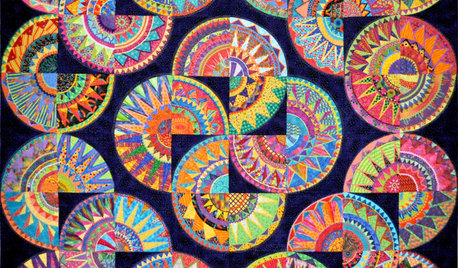
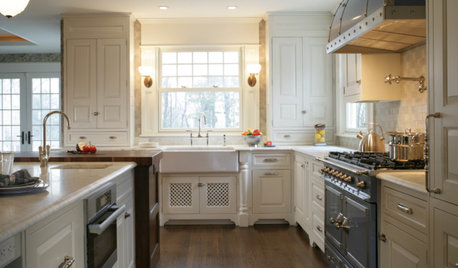
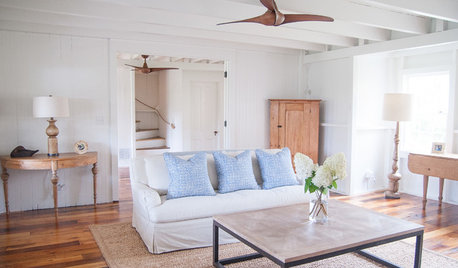
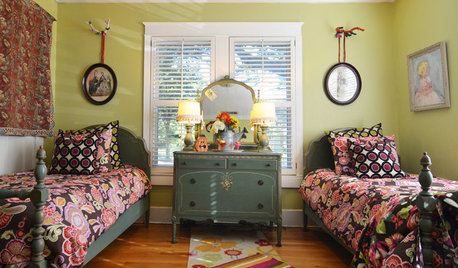
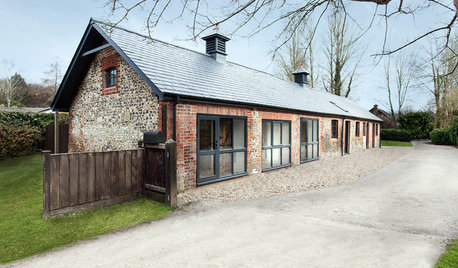
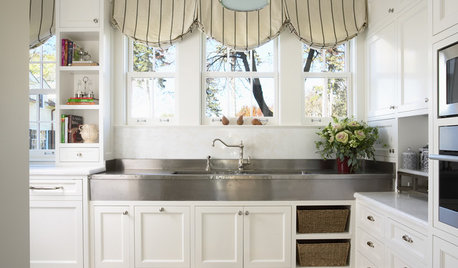
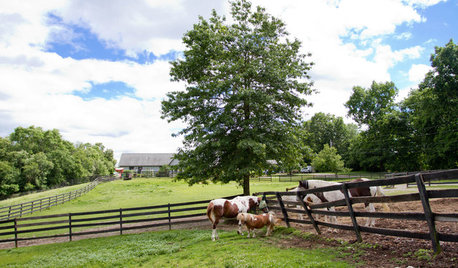
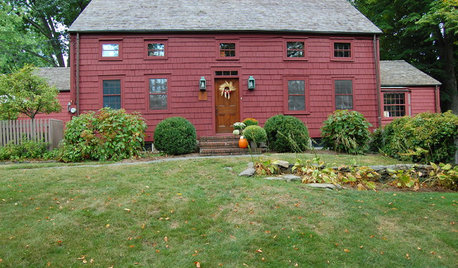
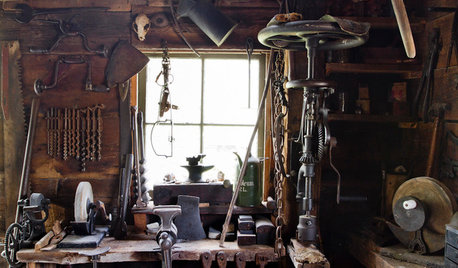
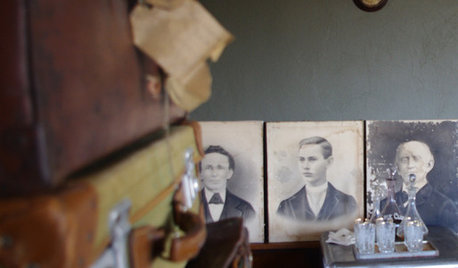



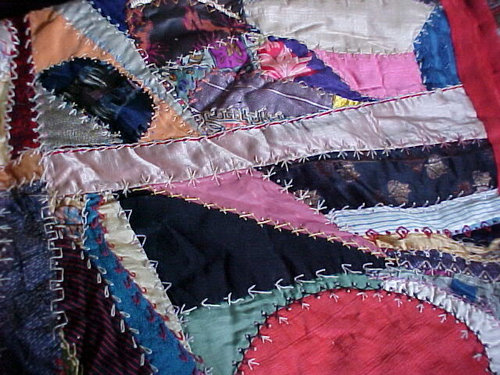
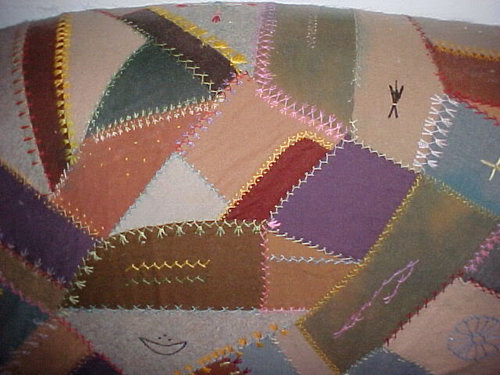
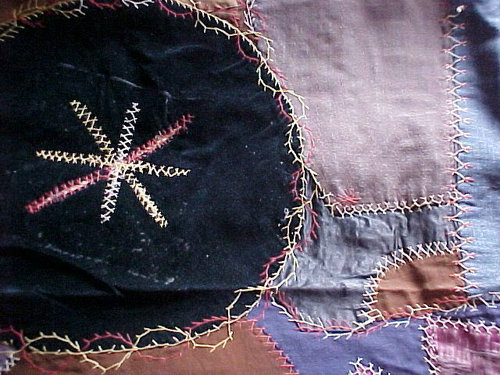
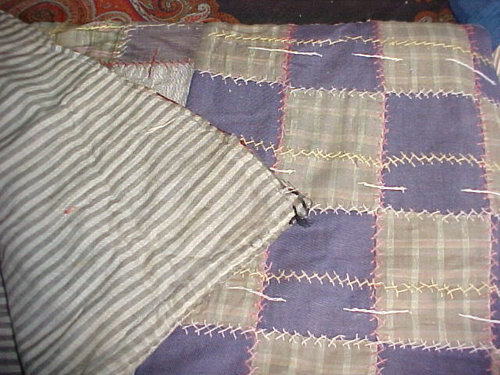

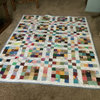

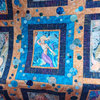
love2sew
gerizone5
Related Discussions
Flowers on an 1848 Quilt
Q
Dating a house
Q
Dating Quilts
Q
Things we still love even though they are "dated"
Q
bluebars
sandra_fergusonOriginal Author
bluebars
janice__indiana5
janice__indiana5
bluebars
sandra_fergusonOriginal Author
foxykitten350234
sandra_fergusonOriginal Author
foxykitten350234
sandra_fergusonOriginal Author
foxykitten350234